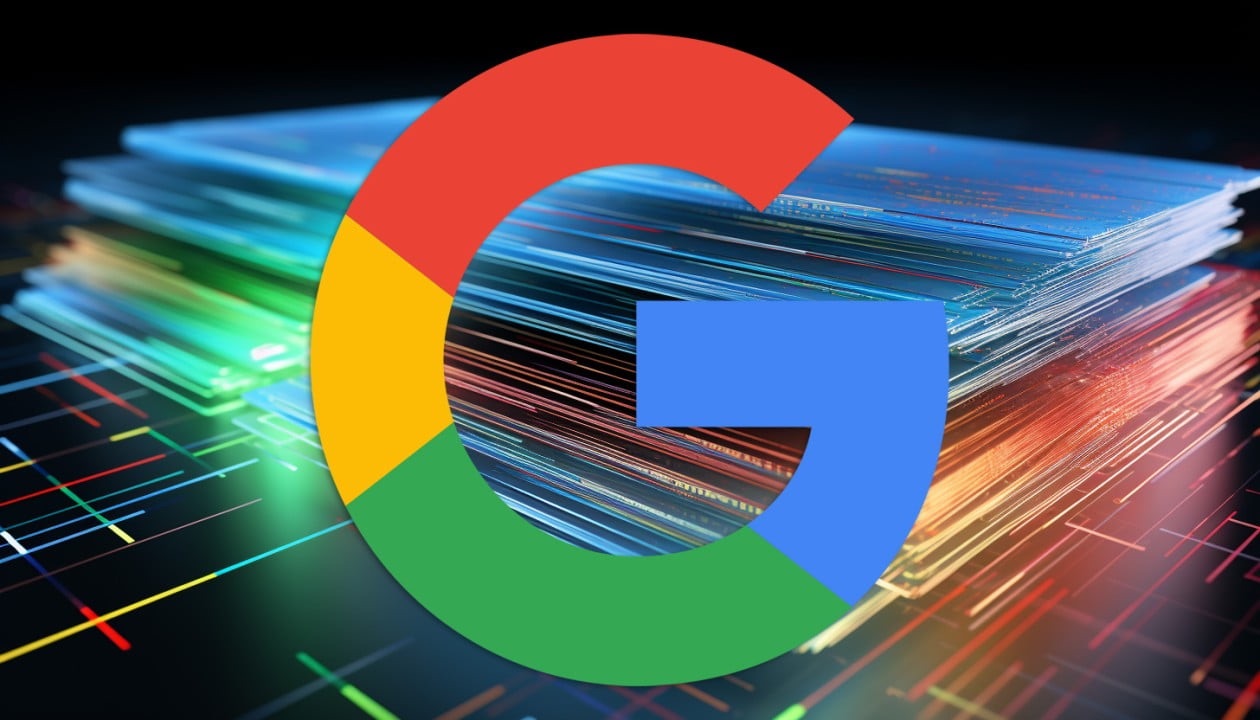
Unlock the power of Google Ads to grow your business and reach the right audience at the right time!
Google Ads remains one of the most powerful tools for businesses to reach their target audience, generate leads, and increase sales. However, with growing competition and evolving algorithms, it’s important to stay updated on the best practices for crafting successful campaigns. Whether you’re new to Google Ads or looking to improve your current efforts, this guide will help you create a winning Google Ads campaign in 2025.
1. Define Your Campaign Goals
Before setting up your Google Ads campaign, take time to identify what you want to achieve. Your goals could include:
- Driving traffic to your website
- Generating phone calls or inquiries
- Increasing e-commerce sales
- Boosting brand awareness
Clear goals will help you choose the right campaign type, such as Search Ads, Display Ads, or Shopping Ads, and measure success accurately.
SEO Tip: Use keywords like “how to set up Google Ads campaigns” and “Google Ads for beginners” in your blog content to attract more readers.
2. Research and Select the Right Keywords
The success of your Google Ads campaign heavily depends on the keywords you target. Use tools like Google Keyword Planner to find highly searched and relevant keywords for your business. Focus on:
- High-Intent Keywords: These are terms that signal strong buyer intent, such as “buy,” “near me,” or “best.”
- Long-Tail Keywords: Phrases like “affordable wedding photography in Houston” are less competitive and often deliver better conversion rates.
- Negative Keywords: Filter out irrelevant searches that waste your ad spend, like “free” or “DIY.”
SEO Tip: Include examples like “best keywords for Google Ads” and “how to use Google Keyword Planner” to rank for keyword-related searches.
3. Craft High-Quality Ads
Your ad copy should be clear, engaging, and relevant to the user’s search intent. Focus on these elements:
- Headline: Grab attention with a solution-focused headline like “Affordable Dent Repair Near You.”
- Description: Highlight your unique value proposition (UVP), such as “Free estimates and quick repairs with a lifetime warranty.”
- Call-to-Action (CTA): Use action-driven phrases like “Call Now,” “Get a Free Quote,” or “Shop Today.”
Include ad extensions (like call buttons, location info, and site links) to provide more details and make your ads stand out.
SEO Tip: Add keywords like “how to write Google Ads copy” and “best practices for Google Ads headlines” to your blog for improved visibility.
4. Set a Realistic Budget
Google Ads operates on a pay-per-click (PPC) model, meaning you pay each time someone clicks on your ad. Start with a modest daily budget to test what works for your business.
- Use Cost-Per-Click (CPC) metrics to determine your bid amounts.
- Allocate a higher budget to high-performing campaigns once you see results.
- Avoid overspending on underperforming keywords by constantly monitoring your campaigns.
SEO Tip: Phrases like “Google Ads budget calculator” or “how much to spend on Google Ads” can help your blog rank for budgeting-related queries.
5. Optimize Your Landing Pages
An effective Google Ads campaign doesn’t stop at the click—it continues on your website. Ensure that the landing page your ad directs users to is:
- Relevant: Matches the ad’s message and offers.
- Fast: Loads in under 3 seconds (use tools like Google PageSpeed Insights to check).
- Actionable: Features clear CTAs like “Book Now” or “Get Your Free Estimate Today.”
High-performing landing pages improve your Quality Score, reduce ad costs, and increase conversion rates.
SEO Tip: Include keywords like “how to optimize landing pages for Google Ads” to enhance your blog’s relevance.
6. Monitor and Adjust Your Campaign
Once your campaign is live, the real work begins. Regularly analyze performance using metrics like:
- Click-Through Rate (CTR): Indicates how engaging your ad is.
- Conversion Rate: Measures how many clicks lead to desired actions (purchases, sign-ups, etc.).
- Quality Score: A Google metric that affects your CPC and ad placement.
If a keyword isn’t performing well, pause it. Similarly, double down on ads or targeting strategies that bring in the most conversions.
SEO Tip: Use phrases like “how to measure Google Ads performance” or “best tools for Google Ads analytics” to boost organic search traffic.
7. Leverage New Google Ads Features for 2025
Google constantly updates its platform with new tools and features. In 2025, keep an eye on these trends:
- AI-Powered Smart Bidding: Google’s machine learning algorithms automatically adjust bids to maximize results.
- Responsive Search Ads (RSAs): Let Google optimize your ad headlines and descriptions for the best performance.
- Video Ads: Platforms like YouTube Ads are becoming increasingly powerful for driving engagement.
Experiment with these features to stay ahead of the competition.
Final Thoughts: Stand Out With a Winning Strategy
Creating a successful Google Ads campaign in 2025 requires a mix of strategy, creativity, and constant optimization. By setting clear goals, targeting the right keywords, and monitoring your results, you can make the most of your ad spend and grow your business online.
Are you ready to elevate your marketing game? Start building your Google Ads campaign with E6Media today and watch your business take off!

